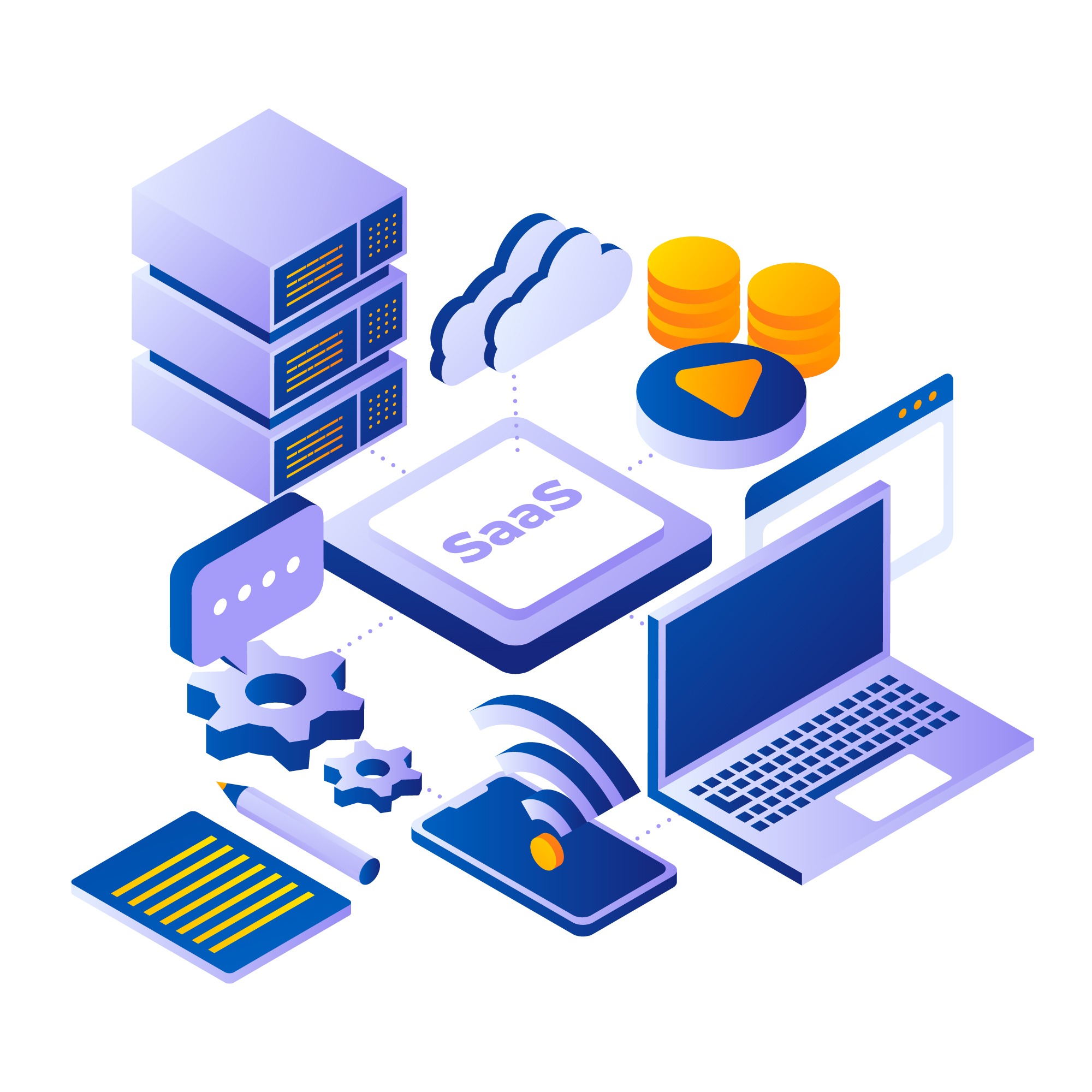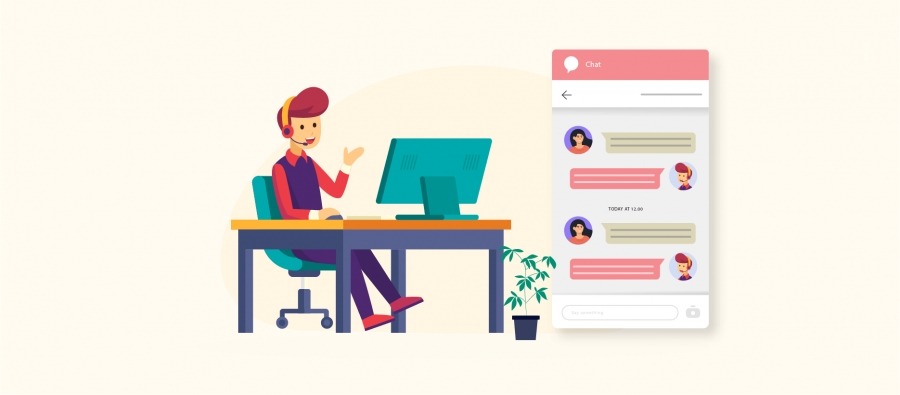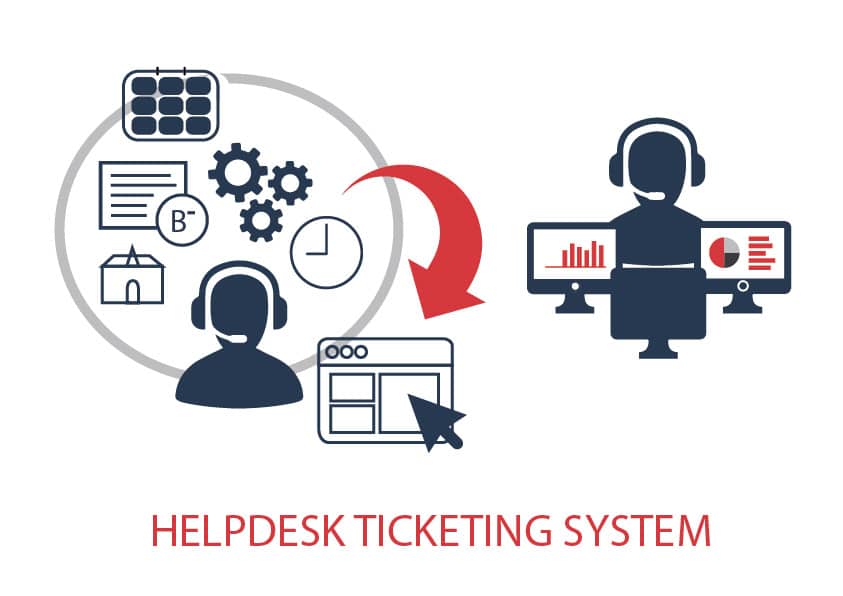I can talk for hours on SaaS helpdesk, but I’d give you a straightforward answer to get to the point. Because it simply reduces the avoidable cost of having an on-premises IT team dedicated for dealing with the hardware and/or software issues that might arise in the network. SaaS is one of the main components of cloud computing. Hardware and software as well as maintenance, are outsourced to the SaaS service provider. The SaaS provider can always make instant uninterrupted deployments to any feature or issue fix whenever they see it’s needed with almost no service interruption. That explains why Helpdesk solutions are increasingly moving towards SaaS. I can share some of the tips & tricks to choose the best customer helpdesk software in SaaS.
Benefits of SaaS helpdesk
Easy accessibility
With a SaaS helpdesk, support agents can access the system from any device with an internet connection, allowing them to work from anywhere. This can improve productivity and response times.
Scalability
SaaS helpdesk solutions are highly scalable, which means that businesses can easily add or remove users, as needed, without worrying about hardware limitations.
Automatic updates
SaaS helpdesk solutions are typically updated automatically, ensuring that the software is always up-to-date with the latest features and security patches.
Affordable pricing
What features should I consider when searching for a SaaS helpdesk software?
Ease of use and implementation of a saas helpdesk
When deciding how to pick a SaaS helpdesk software, convenience and user-friendly features should be front of mind. It should be something that your personnel can simply handle and configure, and it should perform effortlessly even during peak hours when your networks’ traffic volume is high. A SaaS solution has the advantage of being able to be deployed in real time, allowing you to address problems or difficulties as they develop. Take for example the area of support tickets. When you have a website or portal where customers can go to get answers to their questions, it’s critical to have a backend system that can send you notifications and triggers. Software as a service (SaaS) is also meant to be adaptable and adjustable. For example, the agent-customer interface should provide discussion history, status, and transaction type.
Mobility and social integration of a saas helpdesk
In the past, the most popular alternative for clients with difficulties to be handled was to call the telephone hotline. There are many different ways to communicate now, which is both a blessing and a curse for service desk. Customers may email, tweet, chat, publish a status update on Facebook, search the web, participate in community forums, utilize an app, upload a photo, and so on. They also utilize a wide range of mobile devices, including desktops, laptops, tablets, iPhones, and Android phones, among others. The program must be able to keep up with social media activity, tracking and fixing issues as they arise. When it comes to SaaS helpdesk software, these are just the top three features that spring to mind. Other factors to consider are dependent on your company’s demands and expectations. We recommend doing some research and reading up on each software vendor.
Security and Data Privacy
It’s essential to choose a software that is secure and compliant with data privacy regulations, such as GDPR and CCPA. Look for software that provides encryption, two-factor authentication, and regular security updates.
Integration and Customization
The software should integrate with your existing systems, such as CRM or e-commerce platforms, and be customizable to meet your specific business needs. Make sure the software has an open API so that you can connect it with other tools and applications.
Analytics and Reporting
The ability to track and analyze your support metrics is crucial for improving your support operations. Look for software that provides detailed analytics and reporting features, such as response times, ticket volume, customer satisfaction ratings, and agent performance.
Pricing and Scalability
Consider the pricing model and scalability of the software. Choose a software that fits within your budget and can scale as your business grows.




